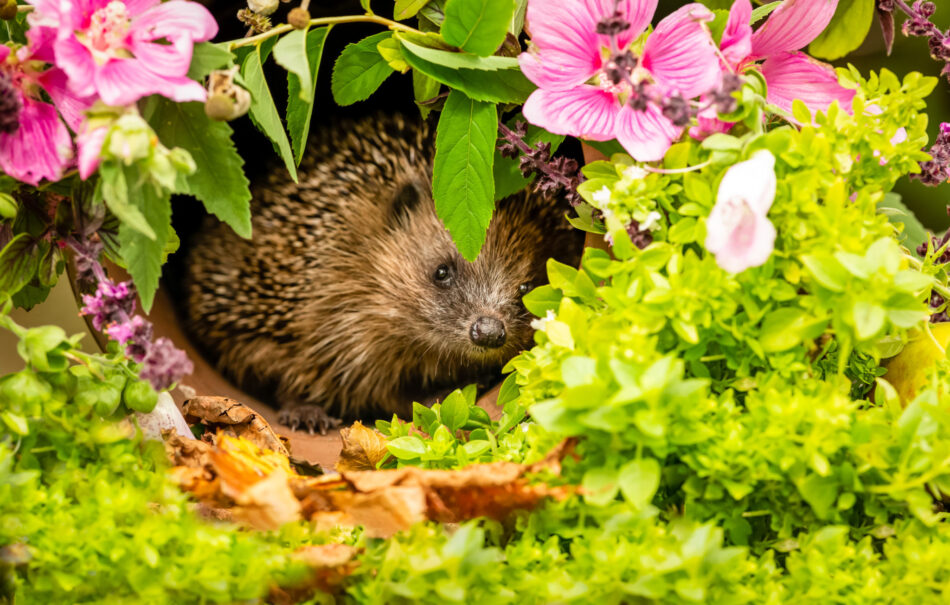Your own little flock of hens pecking in the garden is among the lovely homely images associated with country living. And what could be better than a freshly-laid egg for breakfast? There’s been a real renaissance in chicken keeping in the last few years and it’s now much easier to get your hands on the food and equipment you need. But Vicky Pepys, the poultry secretary at the Northumberland County Show (www.northcountyshow.co.uk) says you might be surprised just how labour intensive it is.
“This may sound odd but it’s easy to become a slave to your animals. It completely depends on you and whether you are willing to look at this extraordinary animal and say ‘am I ruling you, or are you ruling me?’” says Vicky.
The first thing to consider is space. Although some people keep hens on bare earth in wire enclosures on a diet of scraps, Vicky says this is a “miserable existence”.
Because I’m very interested in welfare, my hens have completely free range. Their natural habitat is woodland, a mix of bare earth to scratch, fields to pick at and a lawn to eat clover and short grass, which is an important part of their diet. They also need gravel and rough ground for grit. If you move to a rural property, hopefully you can manage all that.”
Vicky’s hens sleep in a converted stone outbuilding but a separate hen arc is a popular choice. They cost from £500 and some have enclosed spaces for the hens to roost at night. Having sufficient enclosed space is vital too when the weather’s bad because hens won’t come out in the pouring rain. “Some arcs have wheels so you can rotate the ground,” explains Vicky.
“A lot of people like these chicken houses on wheels. Not every country property has acreage, so it’s entirely dependent on what you have. ”The next issue to consider is predators. Foxes love a chicken dinner, and if they get into your coop, they’re likely to slaughter the lot.
Vicky says: “Hens need to be locked up at night; at this time of year, it’s around 4pm and in the summer it’s a lot later, especially if you have a few adventurous ones. They do like to party as much as anyone.
“There are foxes here but they seem to keep away. The accommodation helps. I have set the perches very, very high. There are a series of things to climb up and a fox wouldn’t go up.”
It costs £20 to £25 a month to feed Vicky’s 12 hens a diet of corn, Layers mash, Layers pellets and black sunflower seeds. There are also extras to consider such medication. “Hens do get lice and mites; you will probably buy them with them. It’s not just about feeding them,” Vicky points out. Keeping hens is a lengthy commitment, with the bigger breeds living for eight or nine years. And it’s important to be aware that you’re not guaranteed eggs every day. The main laying period is between February and September and older hens don’t produce many eggs.
“They don’t lay often between September and January. That’s their off period and that’s why people used to pickle eggs. It’s a natural thing but it’s the least well known fact about hens,” explains Vicky. “All the eggs you buy at this time of year come from places with artificial lighting.” For novices, she recommends Welsummers, a placid, large breed.
“They’re solid, nice characters, they become very tame and they’re big enough to get hold of. They potter about and make the garden look lovely,” she said. You’re looking at paying an average of £10 to £20 per hen. Four is a good number to start because hens team up in twos for companionship. “Three doesn’t work because they’re like bitchy friends,” reports Vicky.
Finally, make friends with other hen owners, visit country shows and ask about different breeds. Vicky also recommends reading magazines like Practical Poultry and Your Chickens for the lowdown on what problems you may face. They’re also a great source for finding the equipment you need.
“And if you have no neighbours or friends who will look after them, you can forget going away for the weekend,” Vicky said. “You are adopting a new way of life. But one that I personally think is most definitely worth it.”
Imagery supplied by Richard Kenworthy








